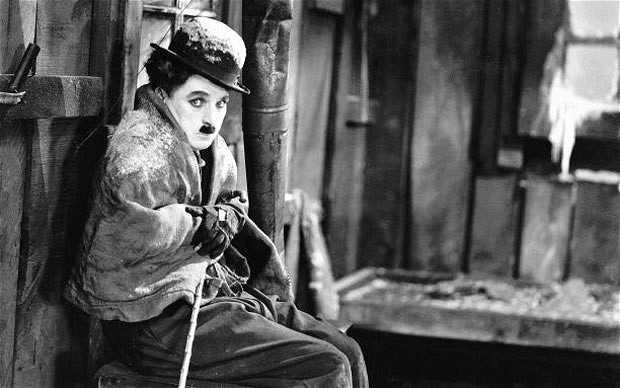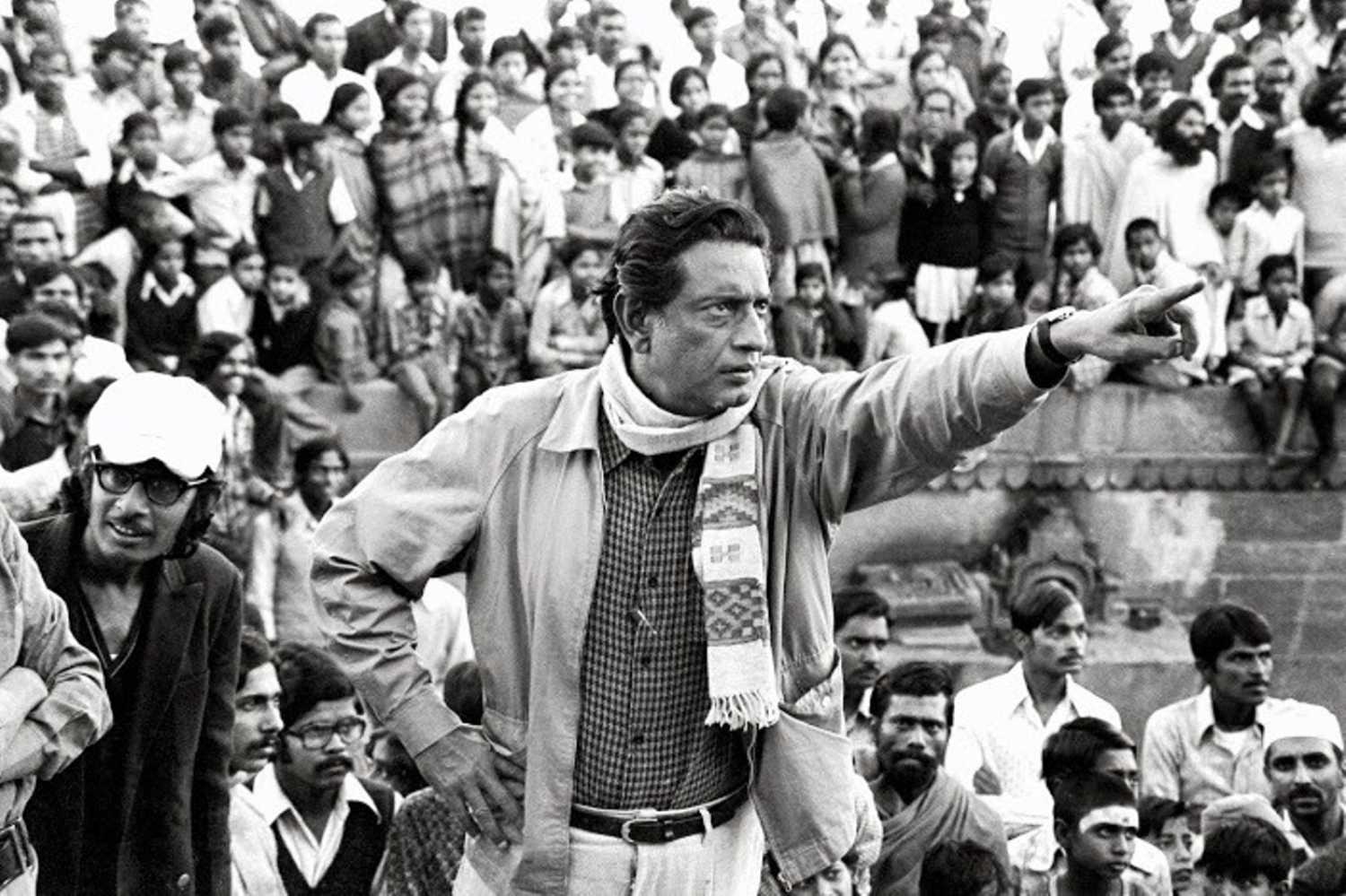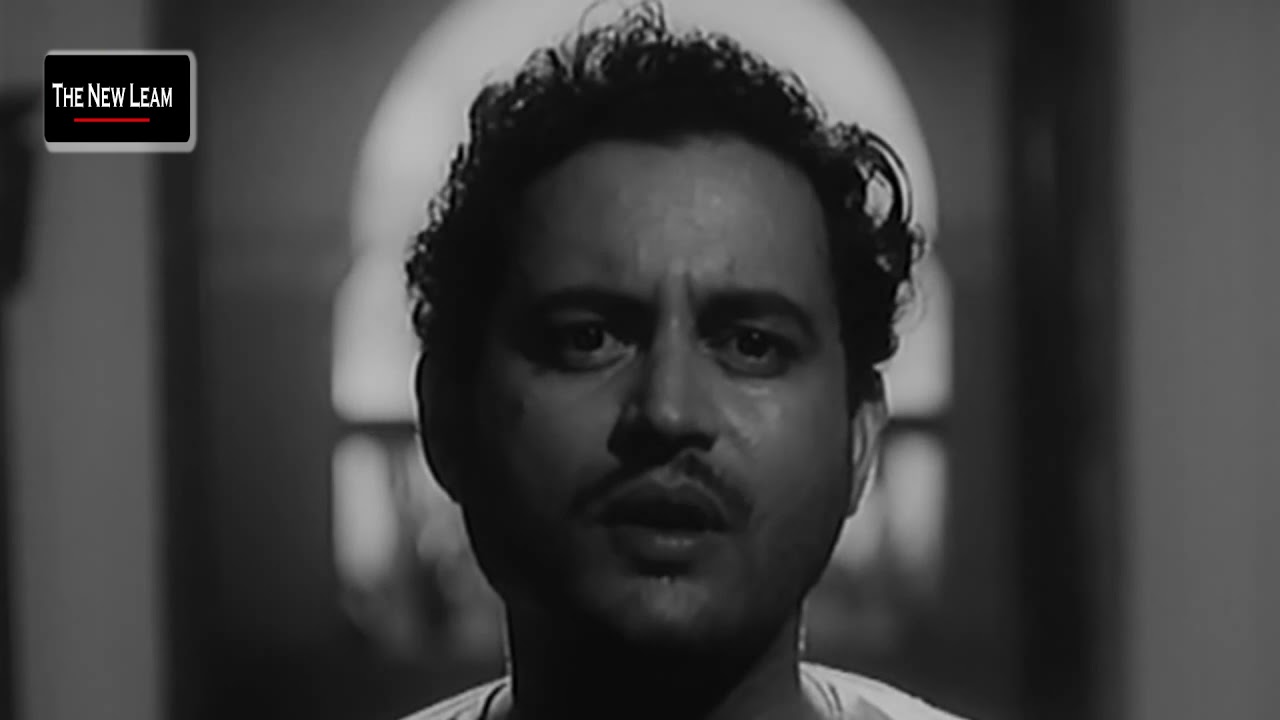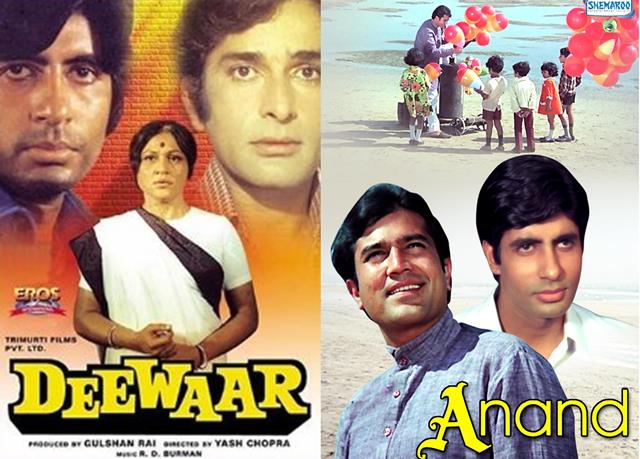
Charlie Chaplin called this the most beautiful Italian film he had ever seen, but then this is also an extremely tragic film. Based on the life of a family in post-Second War Berlin, ‘Germany Year Zero’ (1948) is not a film you can forget easily.
War is over, but its devastation lives on in the life of so many people. One such person is a 12 year child in Berlin named Edmund (played by Edmund Moeschke ). If you have wondered in the past how some child actors manage to out-perform even the most accomplished actors, then you will wonder even more after seeing the outstanding performance of this actor in this film. Surely some of the credit also goes to the director Roberto Rossellini, but the child actor is simply brilliant. I will never be able to forget several patches of brilliance like when the child’s natural (but subdued) playfulness asserts itself when he is in the worst crisis: he tries desperately to join a small game of football; failing in this he tries to skip around in playful steps. As the tiny frame of a 12 year child walks in the middle of the ruins of a city badly battered by bombs, saddled with family responsibilities, he becomes an enduring symbol of the lingering devastation of war.
This film, which somewhat later won the Golden Leopard and the Best Director Award at the Locarno International Film Festival, initially faced much unjustified criticism as it documented some very bitter truths that people would rather not remember, but it is precisely for reminding us of the terrible after effects of war that this film is so valuable.
Another film of Italian neo-realism which is outstanding in this context is The Path of Hope (1950), directed by Pietro Germi. In the lingering economic crisis a mine is being closed down in Sicily, but the workers are determined to oppose this to protect their livelihood. The film opens on this note, workers protesting silently deep inside the mine, women and children waiting outside with great anxiety. The expressions on the face of these men and women and most particularly the children just cannot be forgotten.
The mines finally are shut down, and from nowhere appears a labor contractor, promising to get jobs in France in return for advance payments made to him. There is much that is suspicious about him, but in their desperation, many workers and their families agree to go, and hence The Journey of Hope starts.
At the end of all their trials and tribulations the tired travelers are confronted by French border guards. Is this the end? Will they get nowhere? As the migrant workers wait with bated breath for the decision of the guards, fearing the worst, the head guard looks around at the migrants and suddenly he catches the eyes of a small child in the lap of a migrant. The first signs of kindness appear on the guard’s face. The child recognizes this not so obvious look of kindness, and smiles back. Oh! That smile! Who can ever forget that smile? The guard smiles back.
The Path of Hope received the Palme d’Or at the Cannes Film Festival in 1951 and the Silver Bear at the 1st Berlin International Film Festival. Fredrico Fellini was also involved closely in writing the script of this film, based on a novel by Nino Di Marig. This film was also shown in the Classic Section at the Cannes Film Festival in 2021.
Some of the early films of Vittorio De Sica must also be mentioned in this context. Bicycle Thieves (1948) is of course an all-time classic, with an enduring impact on neo-realist film-makers in many parts of world, including India. Unemployment in post-war Italy is rampant. A desperate unemployed man considers himself extremely lucky to find a job of pasting posters, but to keep this job he needs his bicycle which had been pawned to meet essential family needs. His wife manages to sell household goods to get back his bicycle, but it gets stolen soon. This film brings out vividly the difficult choices forced on impoverished people as well as the moral crisis and emotional breakdowns to which these lead in post-war situations. Here too some of the most lasting memories are of the child actor.
What Bicycle Thieves captures in the context of an unemployed young man, Umberto D (1952) shows with equal brilliance in the context of an elderly man who is desperate to retain his rented accommodation (or else he would be on the road) but does not have the means to do so. Some critics regard this as the best film of Vittorio De Sica, better even than the much more famous Bicycle Thieves.
Bharat Dogra is Honorary Convener, Campaign to Save Earth Now. His recent books include When the Two Streams Met, Man over Machine and Earth without Borders.













